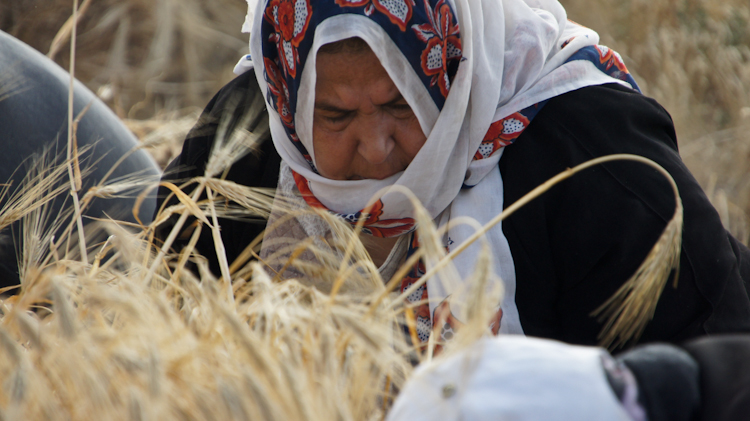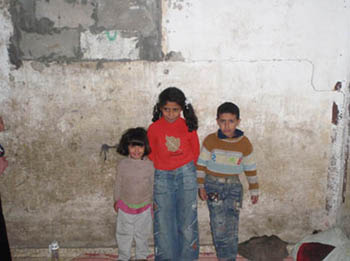Tag: Refugees
-
Askar Refugee Camp: “Our dream is to visit Jerusalem”
By Hakim Maghribi 21 July 2012 | International Solidarity Movement, West Bank A short distance from Nablus one finds the community of Askar camp. What appears as a suburb or cut-off of the city, is actually a refugee camp. Established in 1964, it today houses some 6,000 people in 1 square kilometre. The inhabitants are…
-
Wheat farmers under fire in Gaza: We must continue to work our land
by Nathan Stuckey 23 April 2012 | International Solidarity Movement, Gaza Today we went farming with the family of Ahmed Saadat. We arrived in Khuzaa at about 7 AM and met Ahmed. He told us that the Israeli’s had already shot at his family when they went to their land to begin work. We went…
-
Narratives under siege: Overcrowded living
14 December 2011 | Palestinian Center for Human Rights Muhammed Salman Abu Rashad, 45, Amna Abu Rashad, 31, and their nine children live in the Jabalia refugee camp, one of the most densely populated areas on earth. The family represent just 11 of the 1.1 million refugees who make up the vast majority of Gaza’s…


